Performance Marketing Services: The Complete Guide for Beginners

What is Performance Marketing?
Performance marketing is a type of online marketing where you only pay when you get results. These results can be things like someone clicking on your ad, filling out a form, or making a purchase.
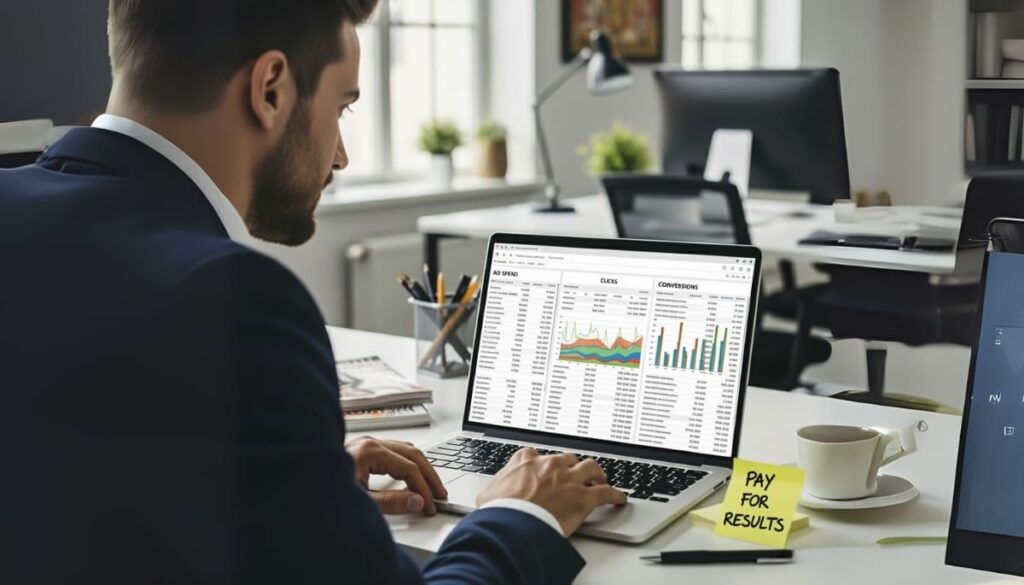
Unlike traditional marketing, where you spend money just to show your ad on TV, in newspapers, or on billboards (without knowing how many people actually took action), performance marketing makes sure your money goes toward real, trackable outcomes.
In simple words – you’re not paying for just “visibility.” You’re paying for actions that help your business grow, which is why it’s called performance marketing services.
Key Difference: Traditional Marketing vs. Performance Marketing
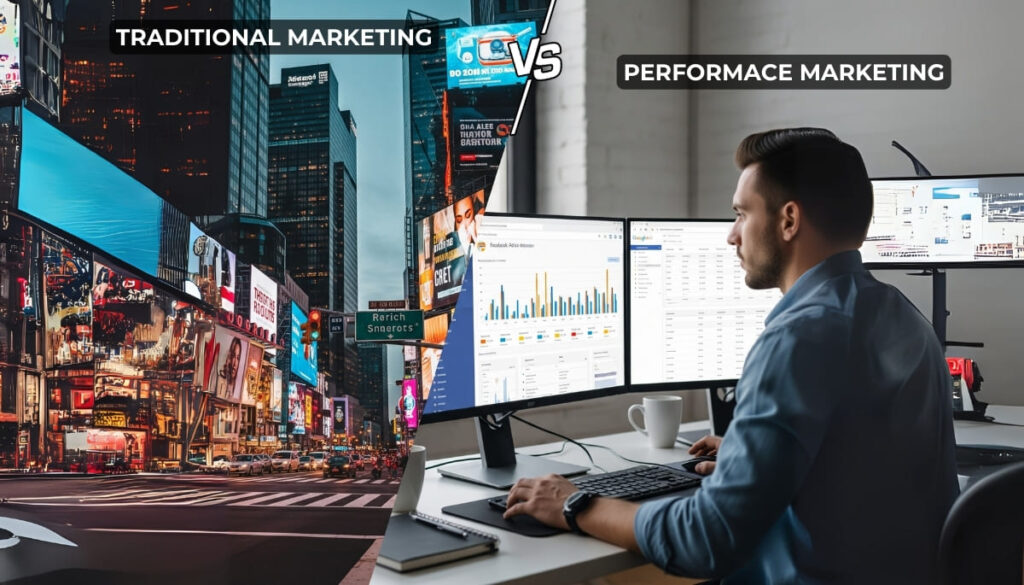
| Point | Traditional Marketing | Performance Marketing |
|---|---|---|
| How you pay | Pay in advance for ads (TV, radio, newspaper, hoardings). | Pay only when people take action (click, signup, buy). |
| Tracking results | Very hard to measure – you don’t know exactly what worked. | Easy to track with tools – you see clicks, leads, and sales clearly. |
| Audience | Reaches a wide audience but not specific (mass targeting). | Very specific targeting (location, interests, age, behavior). |
| Budget use | Money can get wasted if the ad doesn’t perform. | Money is better used since you pay for results. |
| Main focus | Build awareness and recall of the brand. | Drive measurable results like sales, leads, or app installs. |
| Flexibility | Once ad is live, it’s hard to change (e.g., print ads). | Can be changed anytime – pause, edit, or increase budget. |
| Speed | Slow to see results. | Quick results with real-time updates. |
| Insights | Very little data (like “approximate viewers”). | Detailed data (who clicked, when, from where, what action taken). |
Why is Performance Marketing Important?
Marketing today is not only just about being seen—it’s about being effective. Businesses are no longer satisfied with spending money just to “spread awareness.” They want proof that their investment is paying off. This is where performance marketing services become a game-changer.
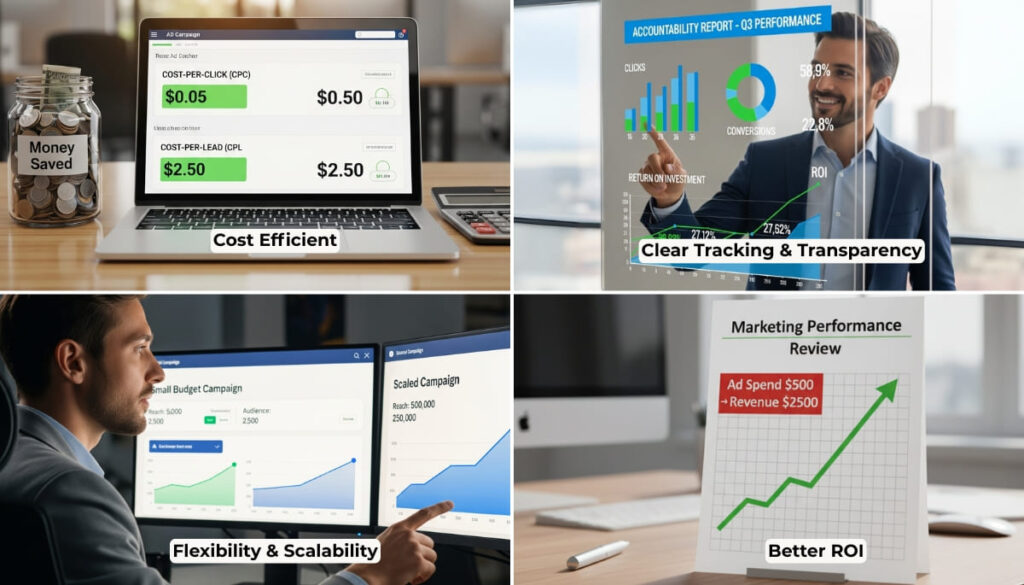
Let’s break it down into the main reasons why performance marketing matters so much:
1. Cost-Efficiency: Pay Only for Results
In traditional advertising, you could spend lakhs on TV, radio, or print ads without knowing if they worked. With performance marketing, you’re only charged when the desired action happens—like a click, sign-up, or sale.
Example: Imagine running a Facebook ad for your online bakery. Instead of paying just for “views,” you only pay when someone actually places an order or visits your website. This means your budget is used wisely, and there’s less waste.
2. Full Transparency & Tracking
Every rupee you spend in performance marketing can be tracked. You know exactly how many people saw your ad, clicked on it, and eventually became customers.
This transparency helps businesses make smarter decisions. You don’t have to guess whether your campaign worked—you can see the numbers in real-time.
3. Easy to Scale
Once you find a campaign that works, scaling it is simple. If spending ₹1,000 brings you sales worth ₹3,000, then you can increase your budget to ₹10,000 and expect bigger returns.
Performance marketing allows you to test, learn, and then grow quickly without taking huge risks.
4. Better ROI (Return on Investment)
At the end of the day, every business wants profit. Performance marketing delivers better ROI because you’re not just spending for exposure—you’re paying for measurable actions that lead to growth.
It’s like choosing between renting a shop in a crowded market (where you hope people walk in) versus renting a shop where you only pay rent when someone actually buys something. Which one sounds smarter? Of course, the second one!
In short: Performance marketing is important because it makes advertising smarter, measurable, and directly tied to business goals. That’s why companies of all sizes—from startups to giants like Amazon—rely on it.
How Performance Marketing Works: Step-by-Step Process
Performance marketing isn’t complicated once you understand the flow. Think of it like setting up a shop online—you decide what you want people to do, then only pay when that action happens. Here’s how it works:
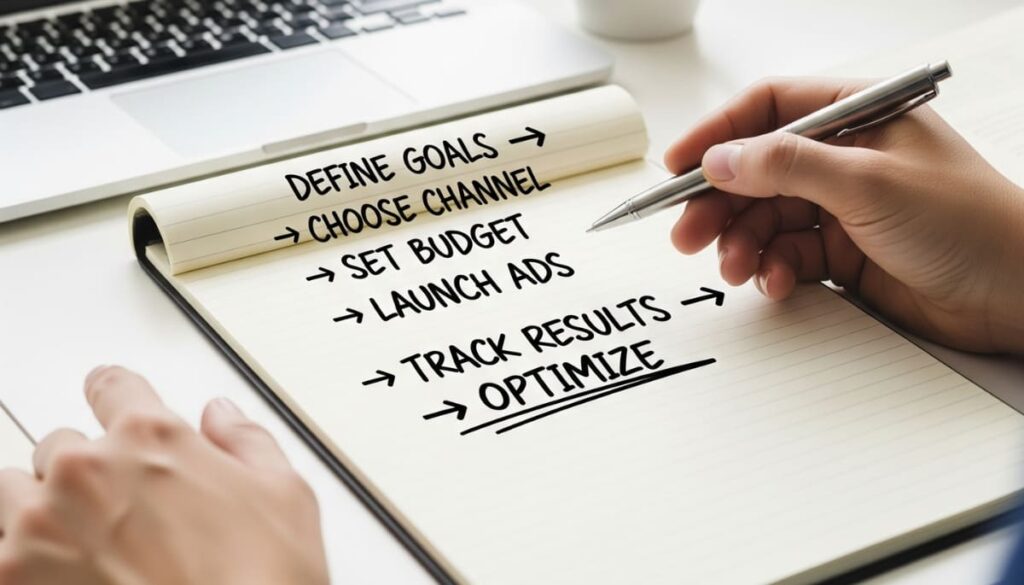
Step 1: Define Your Goal
Before running any campaign, you must decide what you want from it.
Common goals include:
-
Getting more website visitors (clicks)
-
Collecting leads (sign-ups, form fills, inquiries)
-
Driving direct sales (purchases, bookings, subscriptions)
Example: A gym might run a campaign with the goal of getting 50 trial memberships this month.
Step 2: Choose the Right Channels
Performance marketing can happen across many online platforms. Some of the most popular channels are:
-
Search Ads (Google Ads): Appear when someone searches for a service.
-
Social Media Ads (Facebook, Instagram, LinkedIn): Great for reaching a specific audience.
-
Affiliate Marketing: Paying bloggers, influencers, or websites a commission when they bring customers.
-
Display Ads: Banner ads on websites that charge only when people click.
Example: That same gym might use Instagram ads to target people in their city who follow fitness pages.
Step 3: Set a Budget & Bidding Model
Instead of paying a flat fee, you set how much you’re willing to spend per action.
Common pricing models:
-
CPC (Cost per Click): Pay only when someone clicks.
-
CPA (Cost per Acquisition): Pay only when you get a lead/sale.
-
CPL (Cost per Lead): Pay when someone signs up or fills a form.
Example: The gym might decide to pay ₹50 per lead for every trial membership sign-up.
Step 4: Launch Creative Ads
This is where the magic happens. The ad copy, images, videos, and call-to-actions (CTAs) need to be eye-catching and persuasive.
Example: A video ad showing happy gym members with a caption: “Get Fit in 30 Days – First Trial Free! Sign Up Today.”
Step 5: Track & Measure Results
One of the best parts of performance marketing is real-time tracking. You’ll know:
-
How many people saw your ad
-
How many clicked
-
How many actually converted
Example: Out of 1,000 Instagram users who saw the gym ad, 100 clicked, and 20 signed up for a trial. That’s 20 new leads for the gym.
Step 6: Optimize & Scale
If something isn’t working, you can tweak it. If it’s working well, you can increase the budget.
Example: The gym notices that women between 22–30 years old are signing up the most. They can then shift more budget toward that audience for higher returns.
In simple words: Performance marketing is a cycle of setting goals → running ads → tracking → improving → scaling. The more you test and learn, the better your results get.
Types of Performance Marketing Services (Explained with Examples)
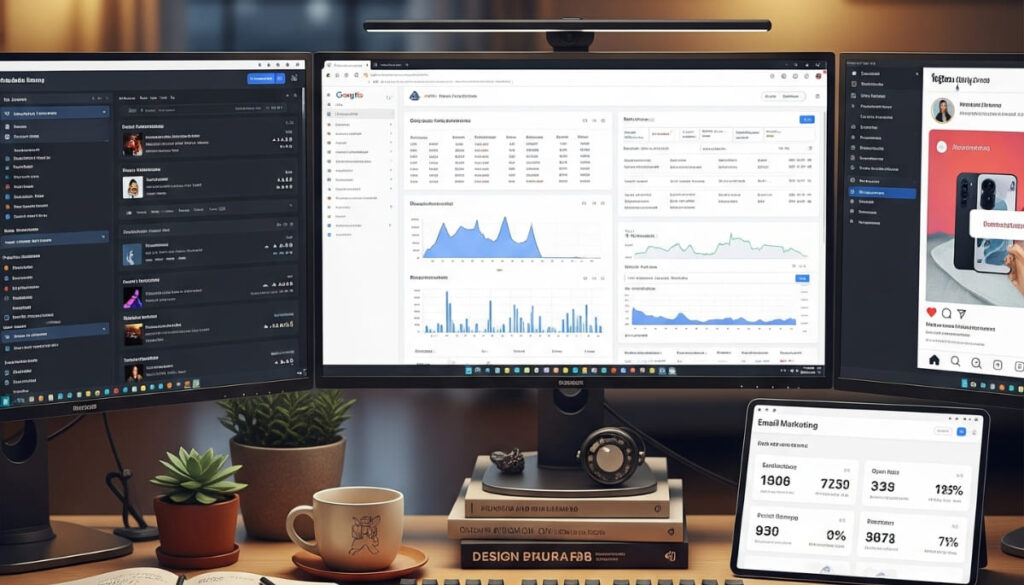
Performance marketing isn’t just one thing—it’s a mix of strategies and platforms where you pay based on results. Here are the main types of services businesses use:
1. Pay-Per-Click Advertising (PPC)
This is one of the most common forms of performance marketing. You only pay when someone clicks on your ad.
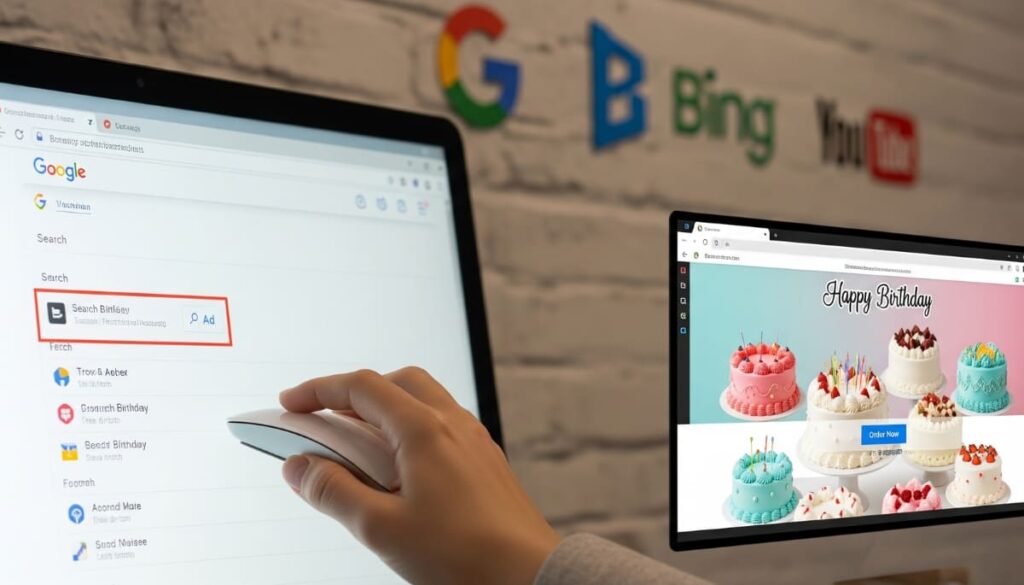
-
Where it happens: Google Ads, Bing Ads, YouTube, etc.
-
Why it works: You target people actively searching for what you sell.
-
Example: A bakery runs a Google Ad for “birthday cakes near me.” They only pay when someone clicks on the ad and visits their website.
Best for: Businesses that want immediate visibility and traffic.
2. Social Media Advertising
Social platforms like Facebook, Instagram, LinkedIn, and TikTok allow highly targeted ads. You can pay per click, per lead, or per conversion.
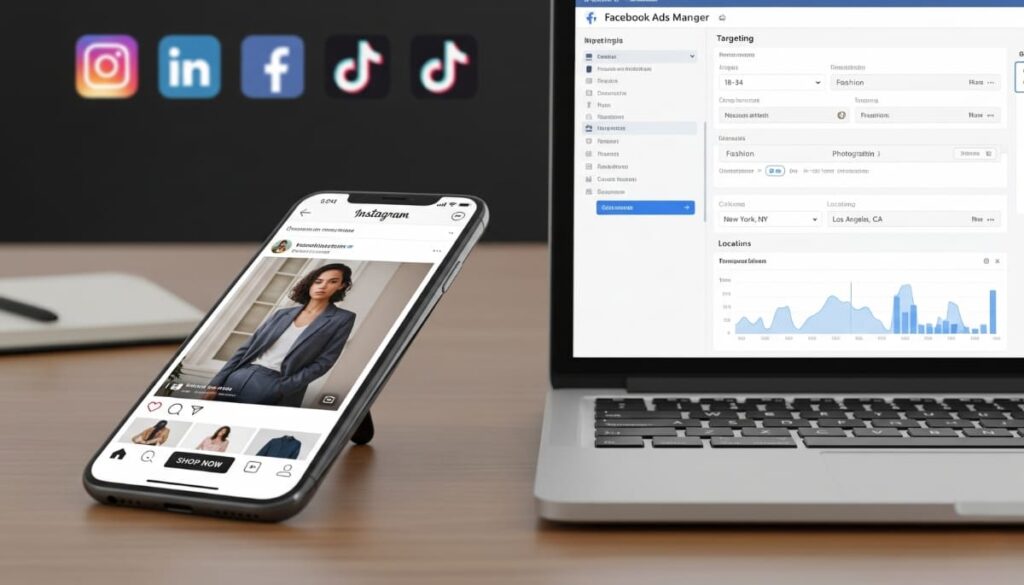
-
Why it works: Social ads let you target by age, interests, job title, city, and more.
-
Example: A clothing brand runs Instagram ads showing their new collection. They only pay when someone clicks and makes a purchase.
Best for: Brands that want to reach specific audiences and build awareness + sales.
3. Affiliate Marketing
Here, you partner with bloggers, influencers, or publishers who promote your product. You only pay them when they generate a sale or lead for you.
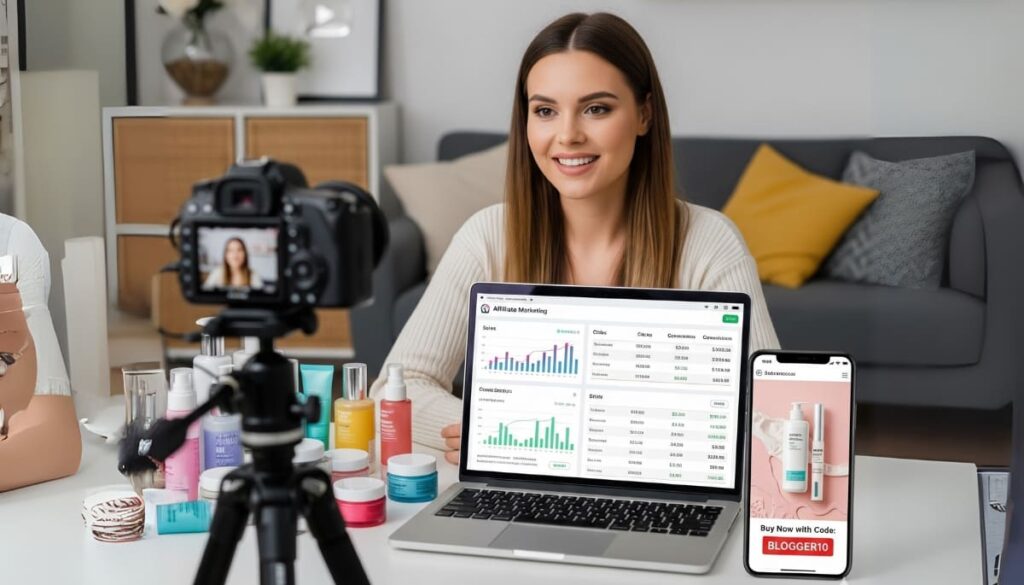
-
Why it works: You tap into other people’s audience without upfront costs.
-
Example: An online skincare store partners with a beauty blogger. Every time someone buys using the blogger’s referral link, the blogger earns a commission.
Best for: Businesses that want cost-effective sales growth without huge ad spends.
4. Native Advertising
These are ads that blend with the content of a website, so they don’t feel like traditional ads. They usually appear as “recommended articles” or “sponsored content.”
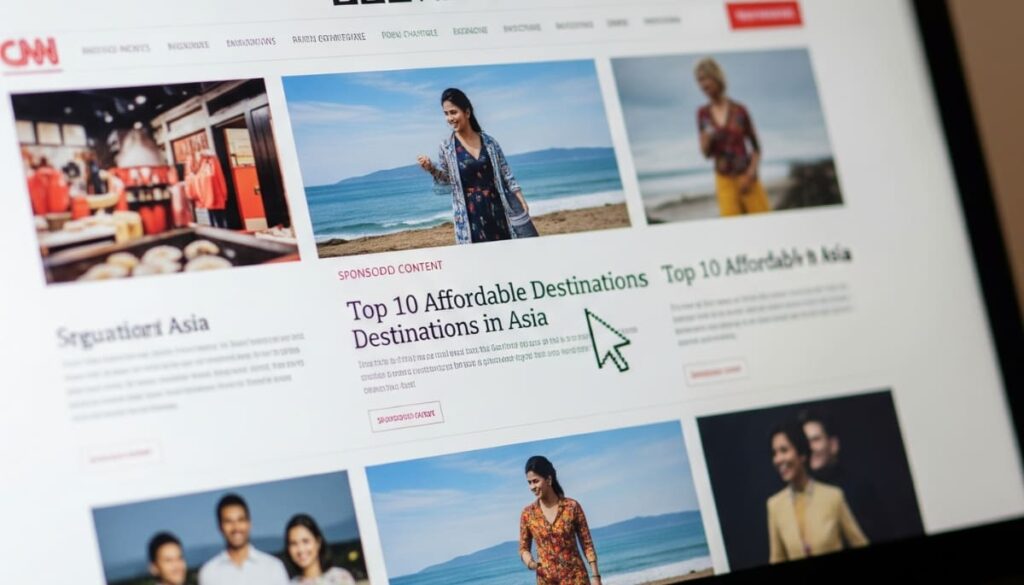
-
Why it works: People are more likely to click because the ad looks like part of the site.
-
Example: A travel agency pays to place a “Top 10 Affordable Destinations in Asia” article on a news site. They pay when readers click through to their booking page.
Best for: Businesses that want brand trust and subtle promotion.
5. Display Advertising (Banner Ads)
These are visual ads (images, GIFs, or videos) shown on websites, apps, or YouTube. You usually pay per click or per 1,000 impressions (CPM).

-
Why it works: Great for brand recall and retargeting people who visited your site earlier.
-
Example: A real estate company runs banner ads showing “Luxury Apartments in Delhi” on property-related websites.
Best for: Companies that want brand awareness and retargeting.
6. Influencer Marketing (Performance-Based)
Instead of paying influencers upfront, many brands now work on a performance model—they pay only for sales or leads generated.
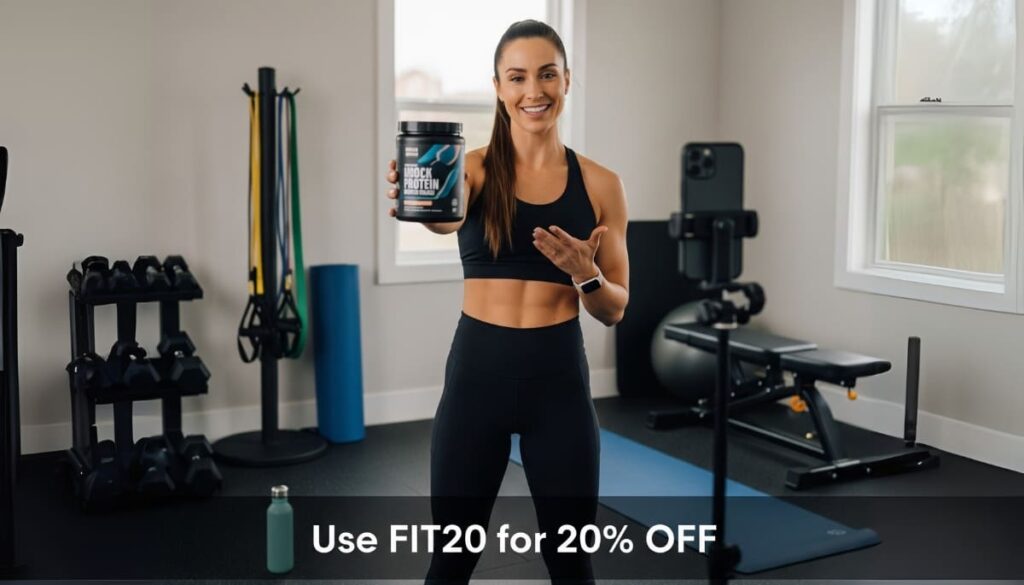
-
Why it works: Influencers already have trust with their audience, making conversions easier.
-
Example: A fitness supplement brand gives influencers a discount code. They pay the influencer only for the sales generated through that code.
Best for: Lifestyle, fashion, fitness, and food brands.
7. Email Marketing (Pay-per-Performance)
Some agencies and platforms now offer performance-based email marketing. You pay only when emails generate leads or sales.
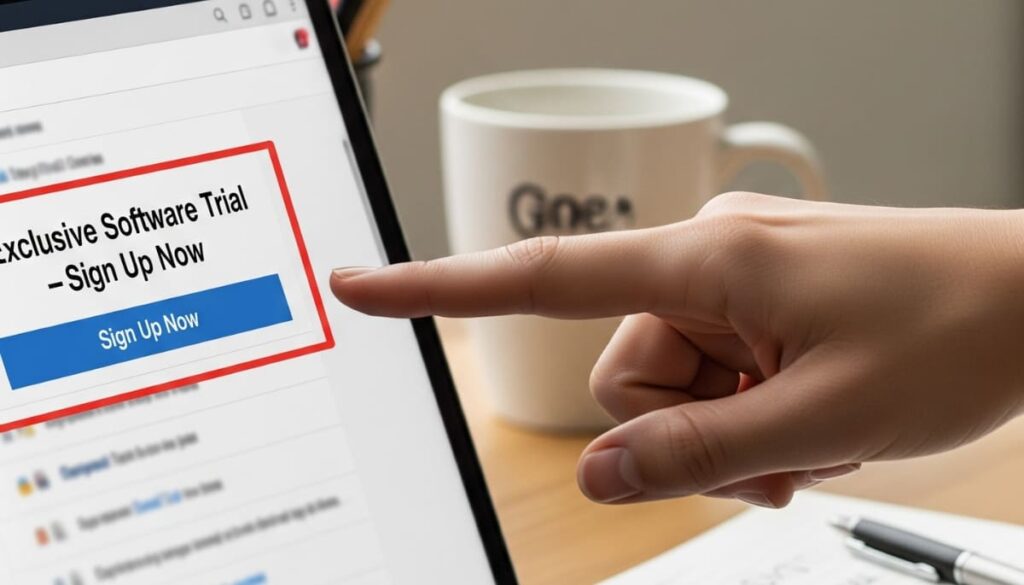
-
Why it works: Direct communication with interested users.
-
Example: A software company pays only for sign-ups that come through an email blast sent by a third-party email network.
Best for: SaaS companies, service providers, and B2B businesses.
In short: Performance marketing services give you flexibility. You can mix PPC, social ads, affiliates, influencers, and more—depending on your goals and budget.
Benefits of Performance Marketing Services
Performance marketing is growing fast because it’s simple, clear, and result-driven. Unlike traditional ads where you spend money without knowing what you’ll get, here you only pay when real actions happen. Let’s look at the main benefits:
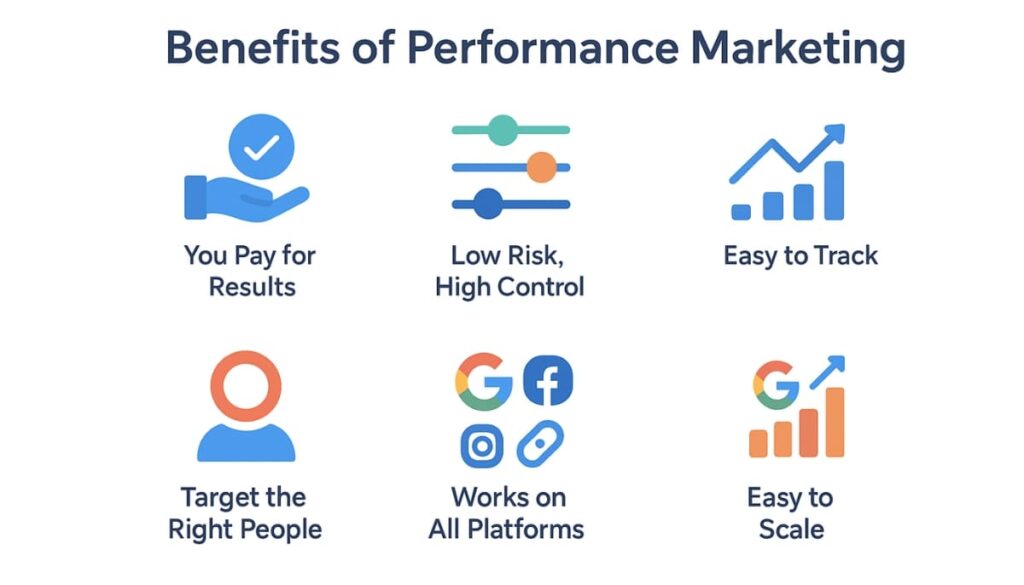
1. You Pay for Results, Not Just Ads
In normal ads, you pay for space or views, even if no one buys anything. With performance marketing, you only pay when people actually take action—like clicking, signing up, or purchasing. That means your money is always linked to results.
2. Low Risk, High Control
You don’t have to spend a huge budget from the start. You can test small campaigns, see what’s working, and stop the ones that aren’t. This makes it much safer and gives you full control.
3. Easy to Track
Everything is measurable. You can see how many people clicked, how many bought, and exactly how much profit you made. No guessing—just clear numbers.
4. Works on All Platforms
You can run performance campaigns on Google, Instagram, Facebook, YouTube, and even through affiliates. It works wherever your audience spends time.
5. Easy to Scale
If a campaign is doing well, you can simply increase your budget and reach more people right away. Scaling is quick and flexible.
6. Better Returns (ROI)
Since you pay only for actions that matter and keep improving campaigns, you usually get more value from every rupee spent compared to traditional ads.
7. Target the Right People
Instead of showing your ad to everyone, you can choose your exact audience—like people in a certain age group, city, or with specific interests. This makes campaigns more effective and saves money.
In short: Performance marketing is safe, smart, and gives clear results.
Challenges & Limitations of Performance Marketing
Even though performance marketing sounds like the perfect solution, it comes with its own set of challenges. Knowing these will help you prepare better.
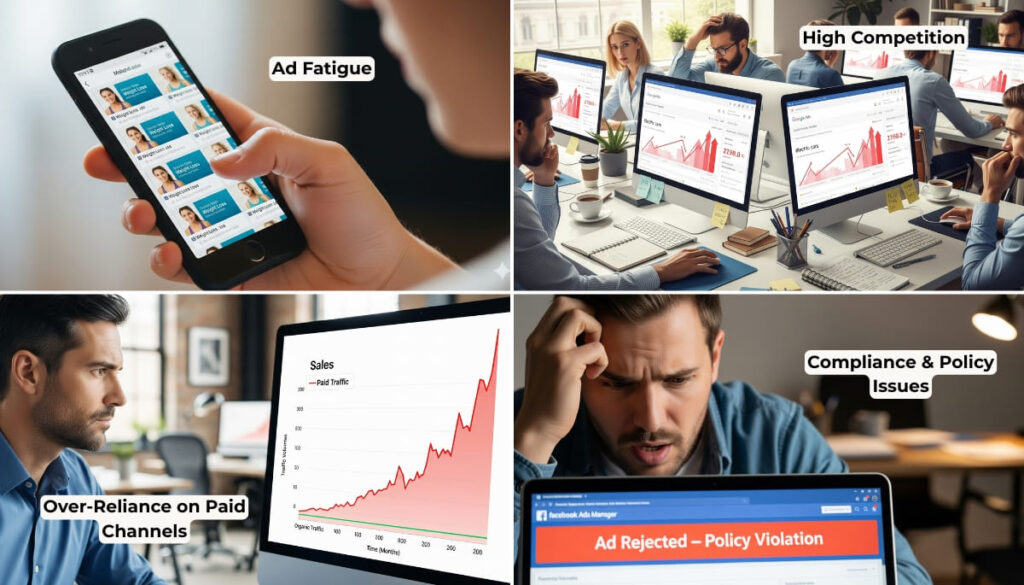
1. Ad Fatigue
When the same audience keeps seeing your ad again and again, they lose interest. This is called ad fatigue. Clicks and conversions start dropping, while costs rise. The fix? Keep refreshing your creatives, use new formats, and test different messages.
2. High Competition
Every brand wants to capture customer attention online. This makes digital ad spaces—like Google Search or Instagram—very competitive. For small businesses, it can be tough to outbid big players with larger budgets. Smart targeting and creative campaigns can balance this out.
3. Compliance & Policy Issues
Ad platforms like Meta (Facebook/Instagram) and Google have strict ad policies. If you’re not careful, your ads can get disapproved or even your account suspended. For example, using banned keywords or making unrealistic promises can get flagged.
4. Over-Reliance on Paid Channels
Relying only on performance marketing means depending too much on paid ads. If your ad account is paused or costs suddenly rise, your sales can drop overnight. It’s important to balance paid campaigns with organic efforts like SEO, content, and email marketing.
In short: performance marketing is powerful, but you need to handle it wisely.
Best Practices for Successful Performance Marketing
To get the best results, brands need to follow a smart approach. Here are some practices to keep in mind:
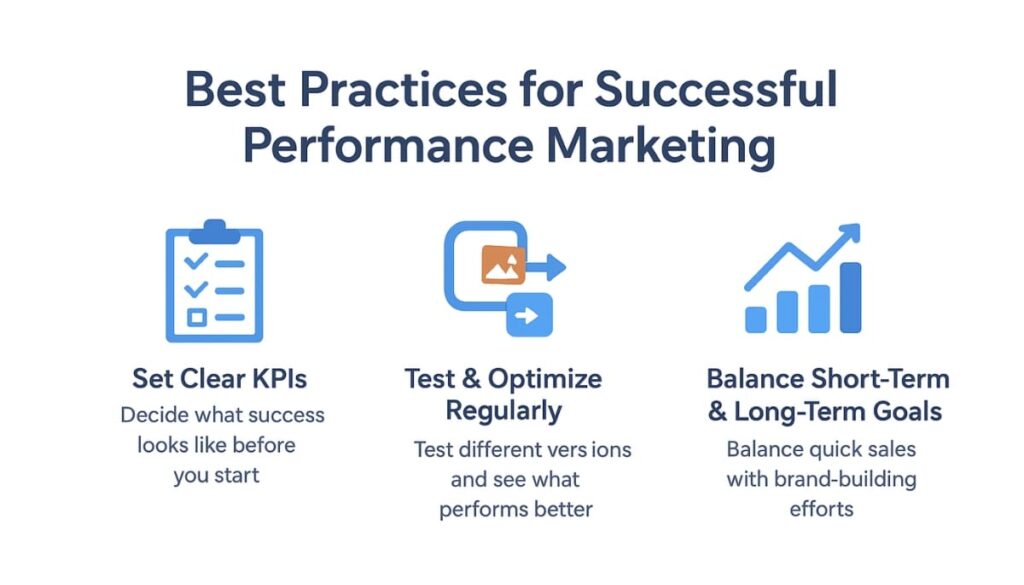
1. Set Clear KPIs (Key Performance Indicators)
Decide what success looks like before you start. Do you want more website visits, app downloads, or actual purchases? Having clarity helps in designing better campaigns.
2. Test & Optimize Regularly
Don’t just run one ad and forget it. Test different versions—change headlines, images, CTAs—and see what performs better. Small tweaks can bring huge improvements.
3. Rely on Data, Not Guesswork
Performance marketing gives you a lot of data. Use it. Look at metrics like CTR, CPC, ROI, and customer lifetime value. Make decisions based on numbers, not assumptions.
4. Balance Short-Term & Long-Term Goals
It’s easy to chase only quick sales. But building a brand is equally important. Balance your campaigns by including remarketing ads, content marketing, and consistent messaging.
Best results come when you mix smart data use with strong creative storytelling.
Real-Life Examples
Example 1: Amazon/Flipkart Campaigns
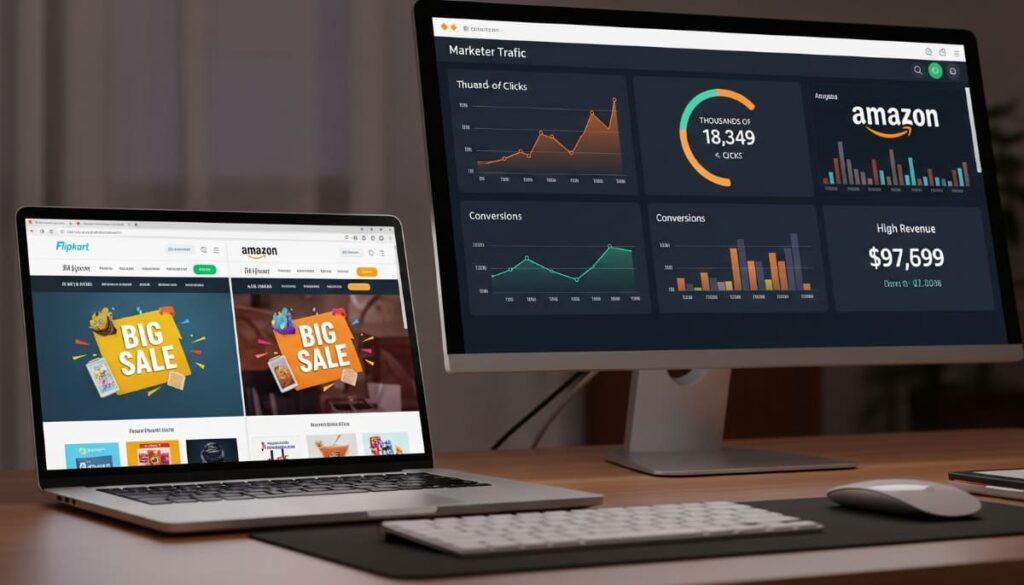
E-commerce giants like Amazon and Flipkart run massive performance campaigns during festive sales (Diwali, Big Billion Days). They use Google and social media ads to drive traffic directly to product pages, tracking every click and purchase. Sellers pay only when customers buy, making ROI clear and measurable.
Example 2: Swiggy & Zomato App Installs
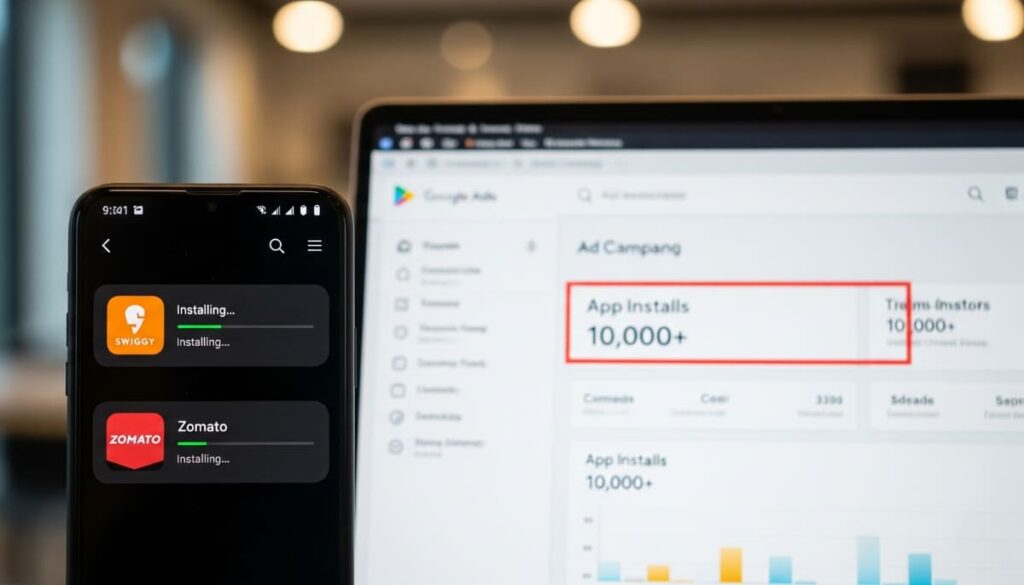
Food delivery apps like Swiggy and Zomato use performance marketing heavily to get installs. They target people who search “food delivery near me” or run location-based ads. Every rupee spent is tracked against actions like “install” or “order placed.”
Example 3: Local Startup (Bakery Story)

Imagine a small bakery in Delhi. They start running Instagram ads promoting a “Buy 1 Get 1 Free” cupcake offer. Instead of paying just for ad views, they set it up so payment is linked to clicks and actual orders. Within 2 weeks, they see 300+ new customers—something traditional flyers or posters couldn’t achieve.
These examples show that performance marketing works for both global giants and local startups.
Future of Performance Marketing
Performance marketing is evolving quickly.
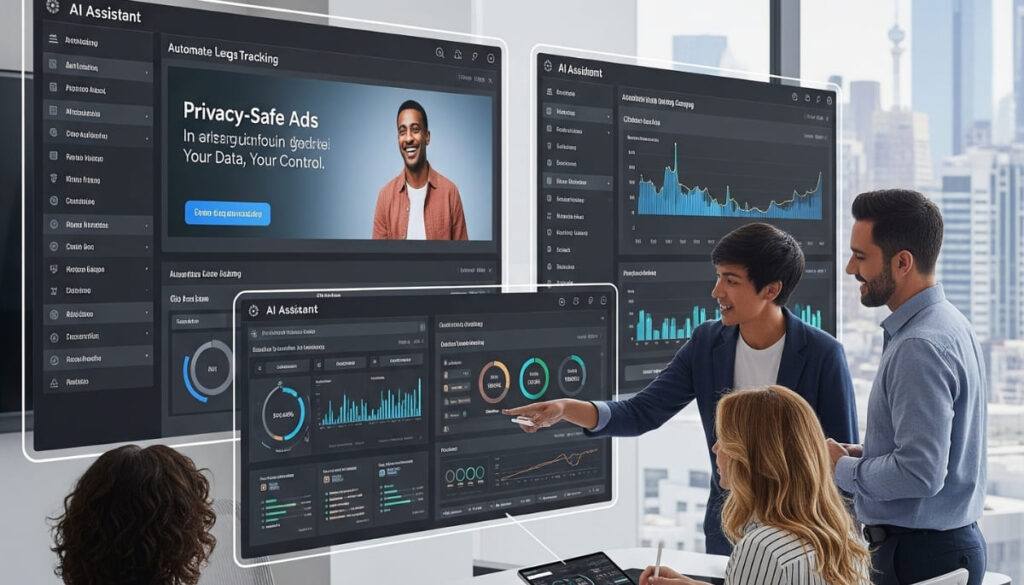
1. AI & Automation
AI tools are already helping brands create smarter ad campaigns. From automated bidding to AI-generated ad copies, the future is about speed and precision.
2. Data Privacy & Cookie-less Future
With new privacy rules and the end of third-party cookies, tracking users will get tougher. Businesses will need to rely more on first-party data (like email lists, customer sign-ups).
3. Influencer + Affiliate Mix
Brands are moving beyond only paid ads. Combining influencers with affiliate programs is becoming popular. This way, creators promote products, and brands pay only when sales happen.
FAQs
1. Is performance marketing expensive?
Not really. You control your budget. Start small, test campaigns, and scale up only when you see results.
2. Which businesses should use performance marketing?
Any business that wants measurable results—e-commerce, apps, restaurants, gyms, or even local stores.
3. What is the difference between performance marketing & brand marketing?
Performance marketing = pay for results (clicks, leads, sales).
Brand marketing = long-term awareness (TV ads, billboards, sponsorships).
4. Which industries benefit most?
E-commerce, education, SaaS, food delivery, healthcare, fitness, and travel.
5. How to measure success?
Track ROI, cost per lead, conversion rate, and lifetime customer value.
6. Does performance marketing work for small businesses?
Yes! It’s budget-friendly because you only pay for results. Even small shops or startups can run targeted campaigns.
Conclusion
Performance marketing has changed the way businesses advertise. Instead of spending blindly, brands now invest in campaigns that deliver real results—whether that’s clicks, leads, or sales.

The key is to use it smartly: set clear goals, test campaigns, track data, and balance short-term wins with long-term brand growth.
Whether you’re a global e-commerce brand or a local bakery, performance marketing can give you the boost you need.
If you’re ready to grow your business with measurable results, our Performance Marketing Services at Techstar Media are designed to help you scale. From Google Ads to social media campaigns—we plan, run, and optimize everything so you get the best return on your budget.